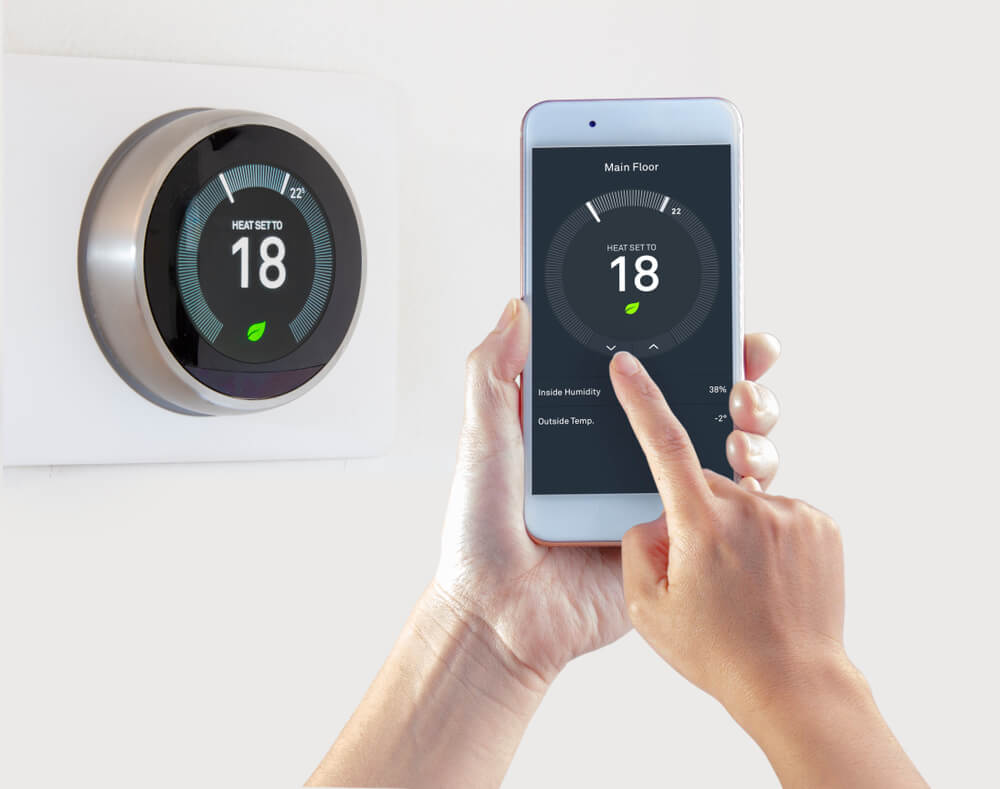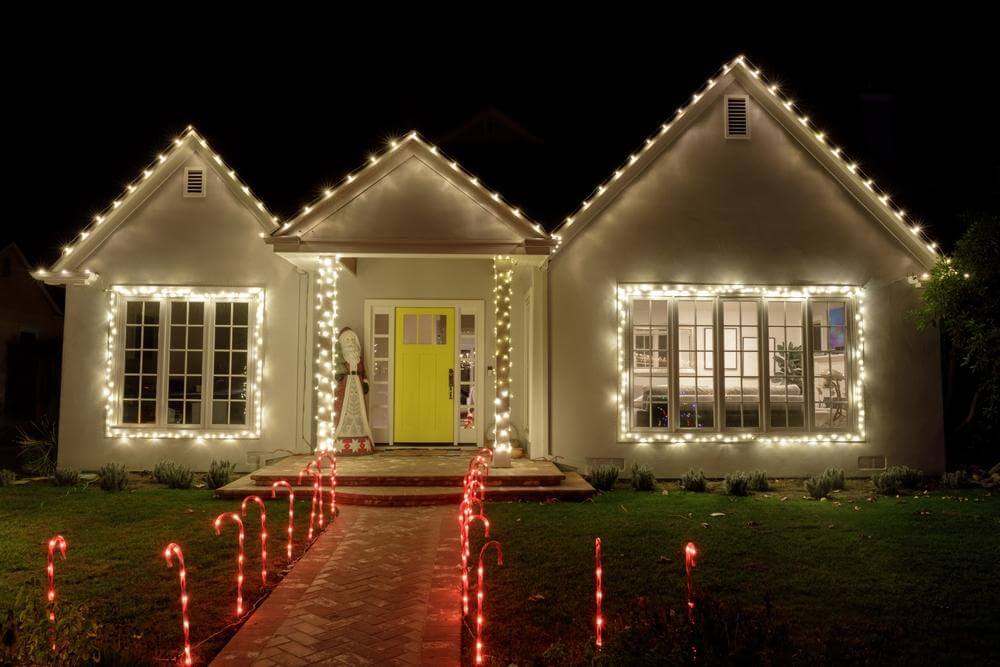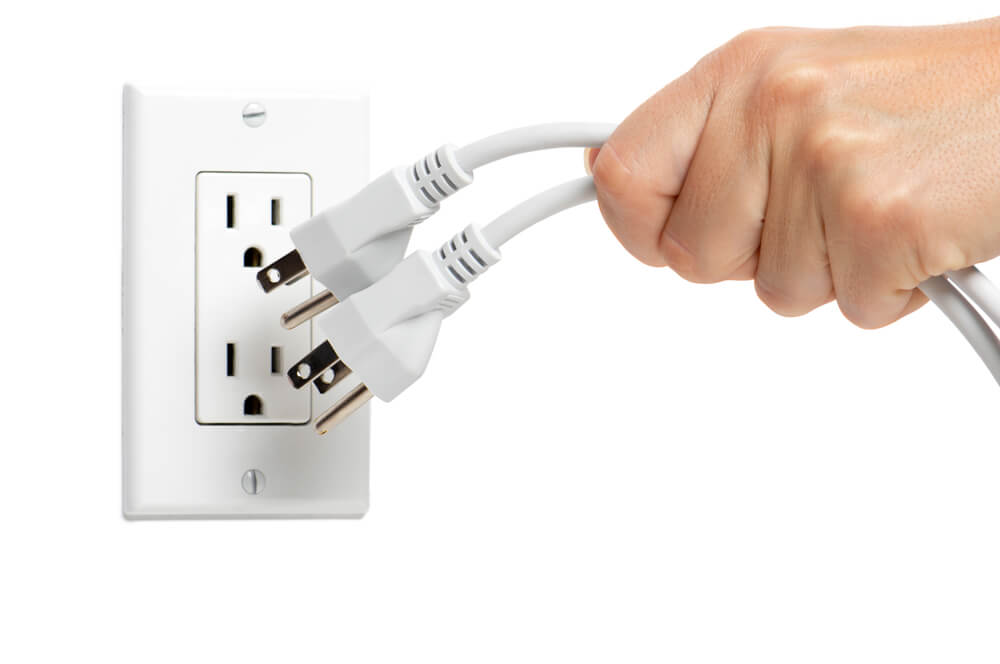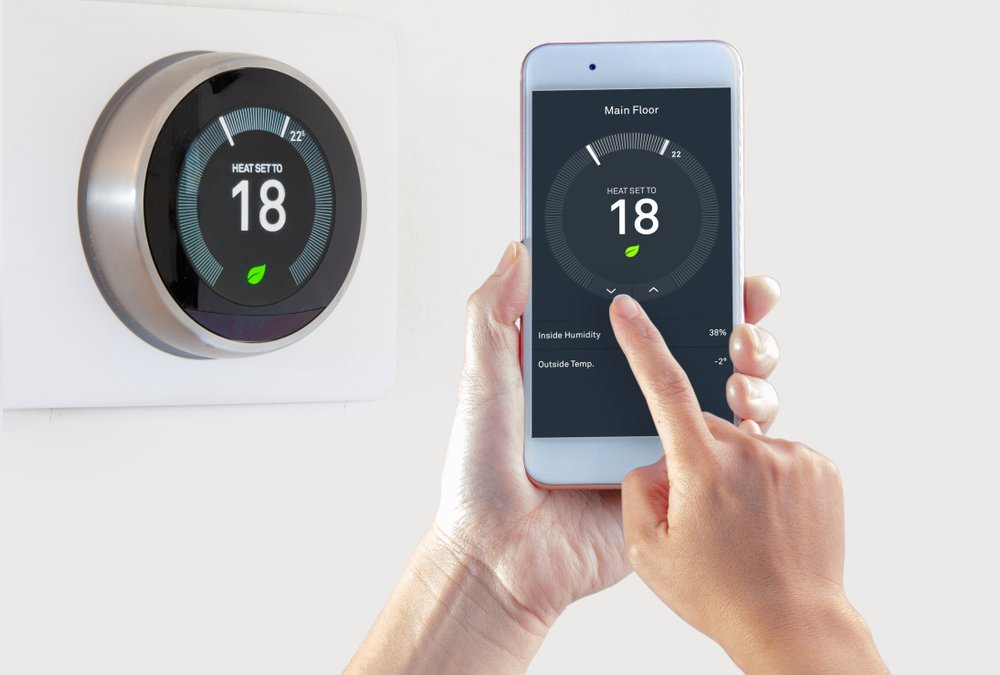
Winters can be a costly time of year. Heating and cooling are some of the largest energy expenses for homeowners, and the increased need for temperature regulation in winter can send your utility bills skyrocketing. There are numerous ways to save money over the winter like using a 2 zone mini split heat pump to help your central heating system work more efficiently. You can also try simple DIY home projects to help winterize your home and reduce your energy bill.
Seal Windows and Doors
Sealing your windows and doors is an effective way to maximize your heating system and prevent leaks. Preventing the warm air from escaping by sealing doors and windows can save homeowners an average of 15% on their heating and cooling costs.
You can seal your doors and windows by applying weather strips, such as tension strips or foam tape. Measure your door or window, cut the strip and apply pressure along the edge of the door or window. You can also use foam or caulk to seal gaps with easy hand-held squeezing bottles. Just clean the area you’re going to seal, wear gloves to protect your hands and apply a line of caulk or foam by gently squeezing the bottle.
Switch to a Smart Thermostat
Switching to a smart thermostat can help manage your energy costs throughout the winter. Consider a smart thermostat with geofencing, which uses your smartphone to turn the heat on when you are in your home and lowers it when you leave.
Smart thermostats also often have programmable features that allow you to change your heating options based on a daily schedule and weather conditions. While you are at work or running errands, a smart thermostat can lower the temperature so that you don’t waste heat.
Some smart thermostats even have room-specific settings so that you can tailor your heating to each room of the house. The smart technology can also track your energy use so that you can know how much energy your heating system consumes.
Lower Your Thermostat Setting
If you’re looking for a simple solution to save energy without the hassle of buying new appliances, you can lower your thermostat. Lower your thermostat when you aren’t home, and get creative with other ways to keep your house cozy while you’ve turned your thermostat down.
Snuggle up with additional blankets or heated blankets so you can turn your thermostat down overnight. A few area rugs can help keep your feet warm on hardwood or tiled floors. Use the sun’s natural heat by opening the drapes during the day to help keep your spaces warm.
Update Your Heating System
Upgrading your heating system to a ductless mini split can help reduce your energy consumption. Mini split systems offer independent temperature control for different rooms of the house, so you don’t waste money heating unoccupied areas of your home.
Mini splits are ductless, which avoids energy loss. Over 30% of energy consumption can be attributed to duct losses. Opt for a MRCOOL DIY mini split heat pump to keep your home warm while avoiding using your full heating system or turning up your thermostat. These models come with preloaded refrigerant lines, saving you money on professional installation.
Schedule a Heating System Tune-Up
Schedule a heating system tune-up to ensure your system is running efficiently. This can include replacing worn or damaged equipment and air filters. If it isn’t in your budget to hire a professional, there’s maintenance that you can do on your own, such as vacuuming and cleaning your furnace.
Schedule a maintenance check or tune-up before winter, so your central heating system runs smoothly throughout the winter. An efficient heating system avoids overworking the HVAC motor, saves energy all winter long and prevents more costly repairs down the road.
Insulate Your Home
Check your home’s insulation status before the colder months by performing a DIY insulation inspection. For doors and windows, you can use the paper test by placing a piece of paper in a door or window and shutting it. If you can pull the paper out without tearing it, you have a leak that’s losing air.
To help seal off your windows, consider using a window film. It’s easy to install a window film yourself with only a few basic tools like a measuring tape and scissors. You can also insulate your water pipes by wrapping them with foam or rubber insulation sleeves that you can find in hardware stores or online.

Turn Holiday Lights Off with a Timer
Decorations and lights can contribute to a higher energy bill during the holidays. LED Christmas lights can save you an average of 88% compared to traditional incandescent bulbs. Timers can be set to keep the lights on for a few hours and turn them off during light hours. Consider using a timer to shut off your lights so that you don’t use additional energy for your holiday lights.
Change Your Lighting Habits
Simple changes like remembering to turn off your lights when you leave the room can help you save money on your utility bills this winter. You can also use technology such as smart dimmers to control your lighting without using additional energy. Another way to lower your energy consumption is to change all incandescent bulbs in your home to LED models. You can also sync your lights to your phone to control your lighting with the touch of a button.

Unplug Unused Electronics
Remember to unplug your electronics and appliances to avoid using energy. Kitchen appliances such as coffee makers, toasters and printers use energy while they are plugged in. These appliances drain energy due to LED standby lights, touch displays and sleep mode functions.
According to the Department of Energy, standby energy loss accounts for approximately 5-10% of a home’s total energy consumption and costs homeowners up to $100 per year. Unplugging every device in your home can be impractical for many homeowners, but there are several simple ways to cut down on standby energy loss. Use a surge protector with a switch to easily shut off appliances to save on your energy bill. Or invest in Energy Star-rated products that have lower standby power.
Save Money by Lowering Your Energy Bill This Winter
Minor home improvements and small changes to how you use electrical devices can help you save money in the winter. These improvements can also help make your home a more comfortable place to live and increase your home’s value. On average, weatherization improvements such as insulation are worth 2.2 times more than the cost of the improvement itself.
Jordan Avery
Related posts
Stay connected
Today's pick
- Safety Essentials Every CNC Operator Should Follow DailyCNC machining demands precision, consistency, and discipline—but above all, it requires strict attention to safety. Whether you’re working with mills, lathes, routers, or grinders, every machine has the potential to cause serious injury if mishandled. That’s why CNC operators must follow safety protocols daily, no... The post Safety Essentials Every CNC Operator Should Follow Daily […]

